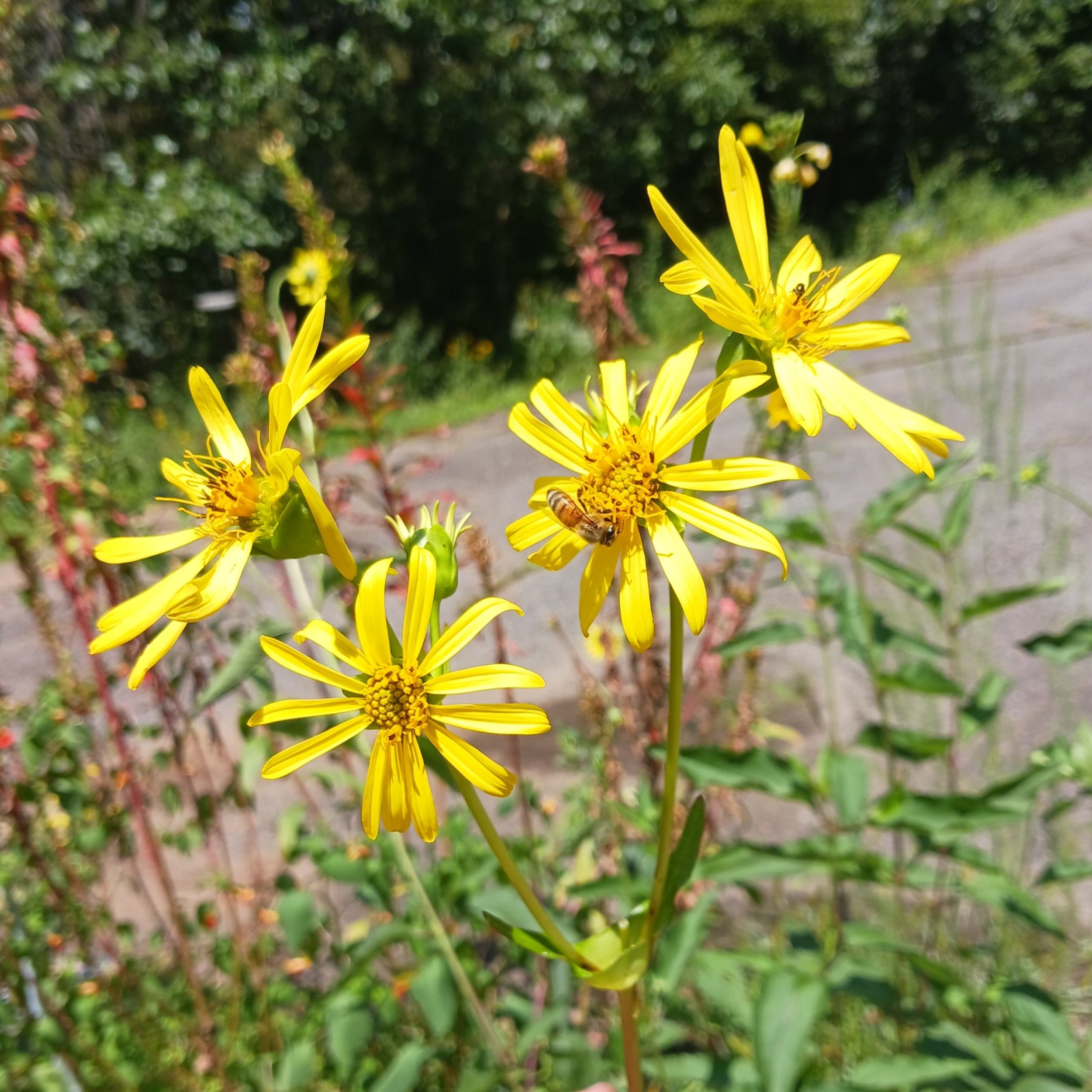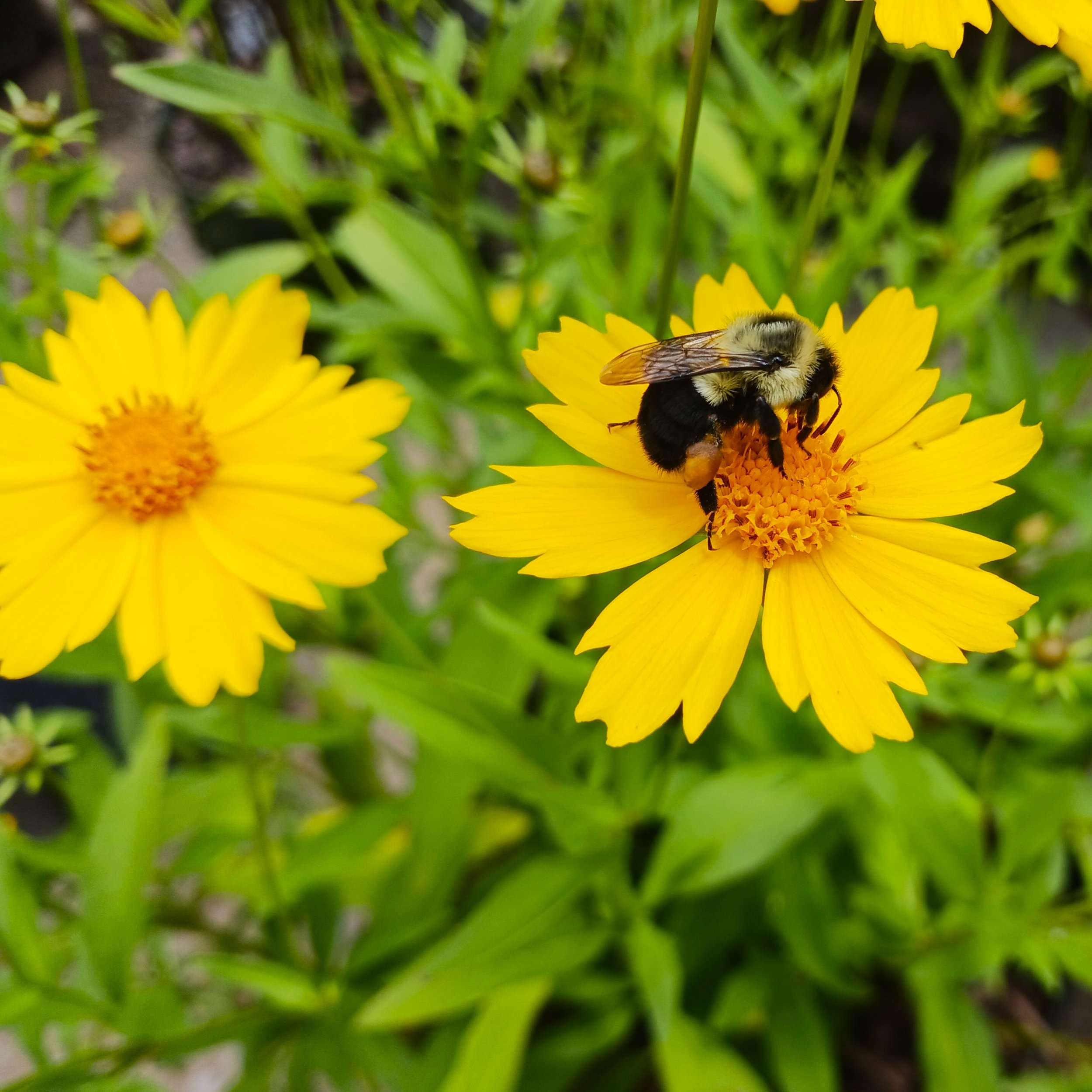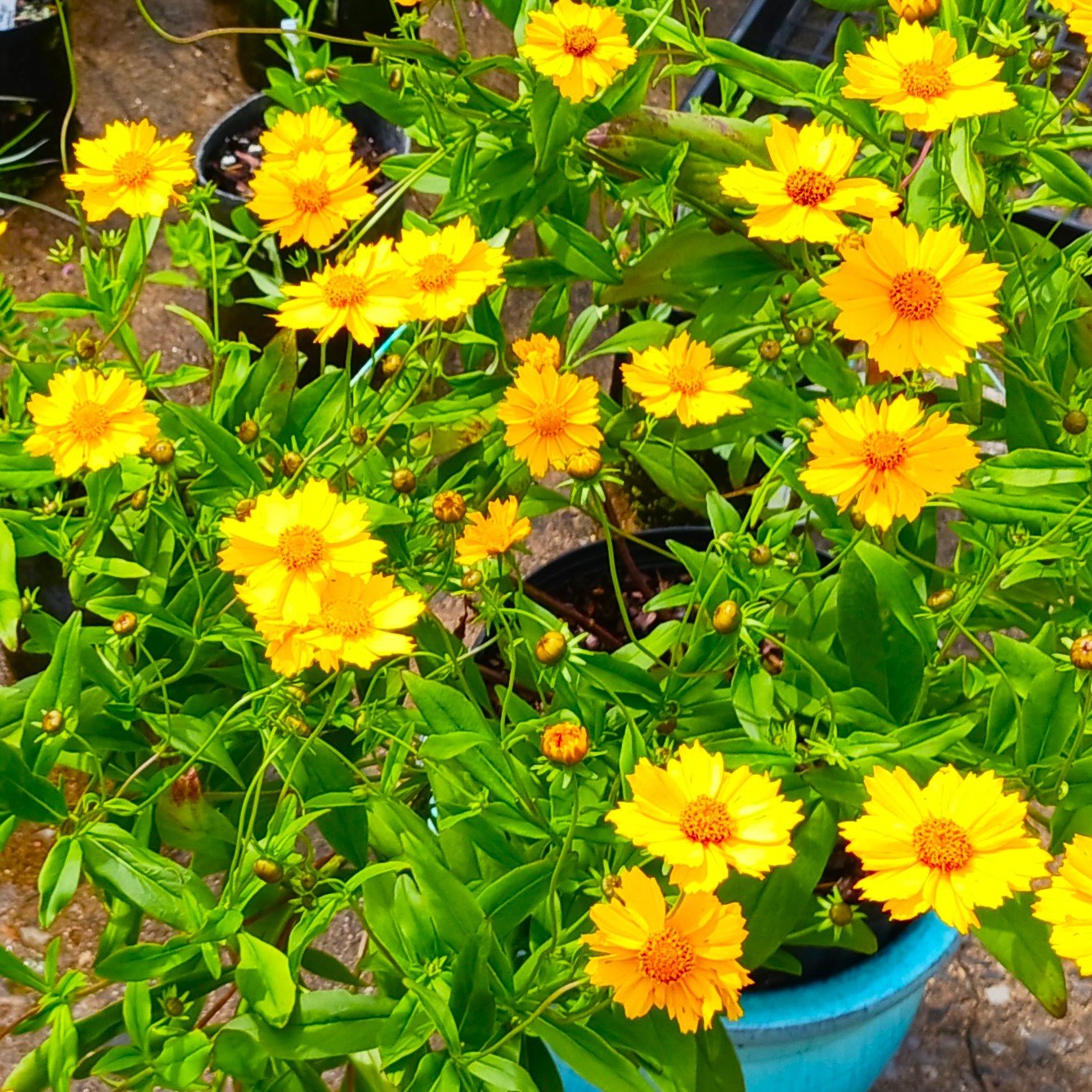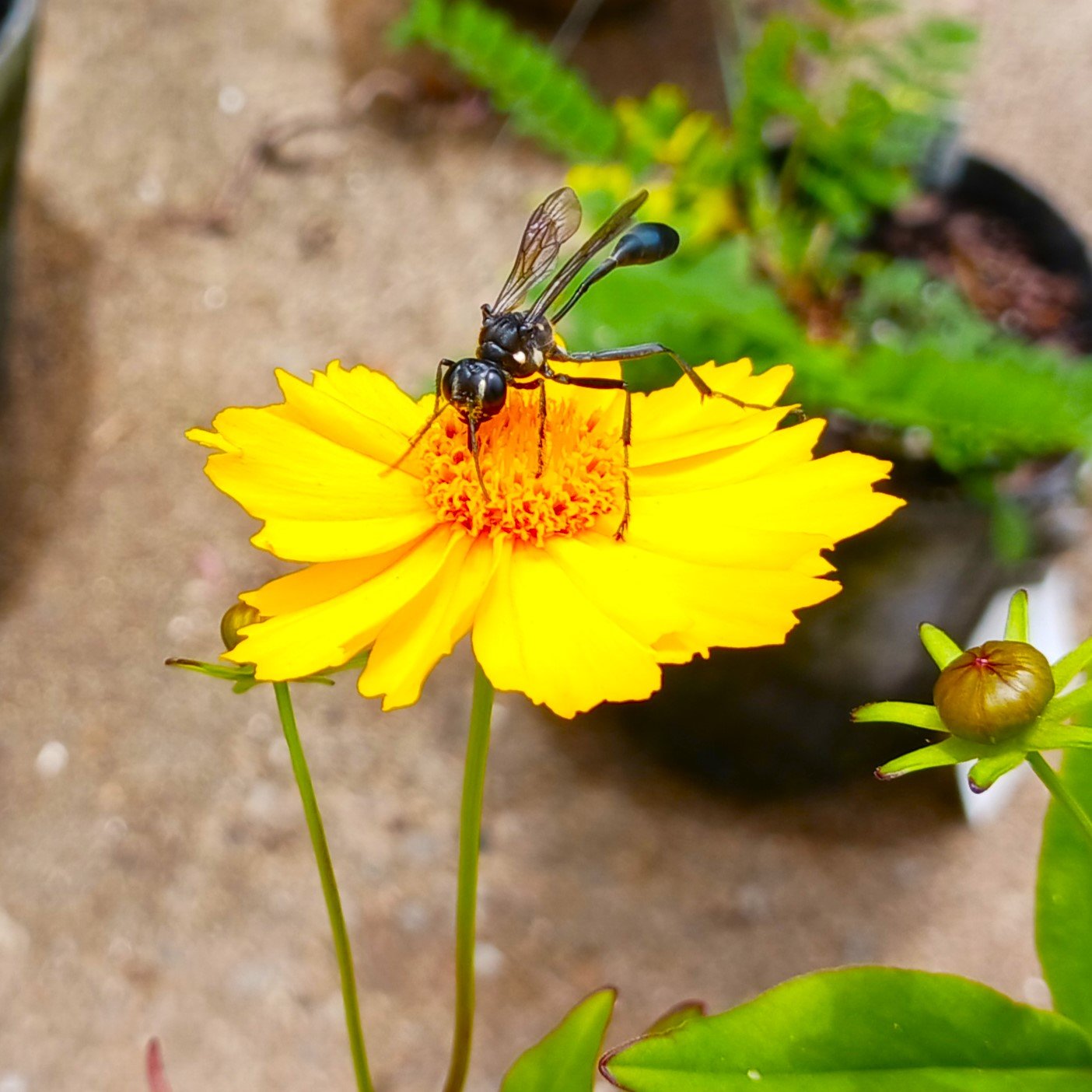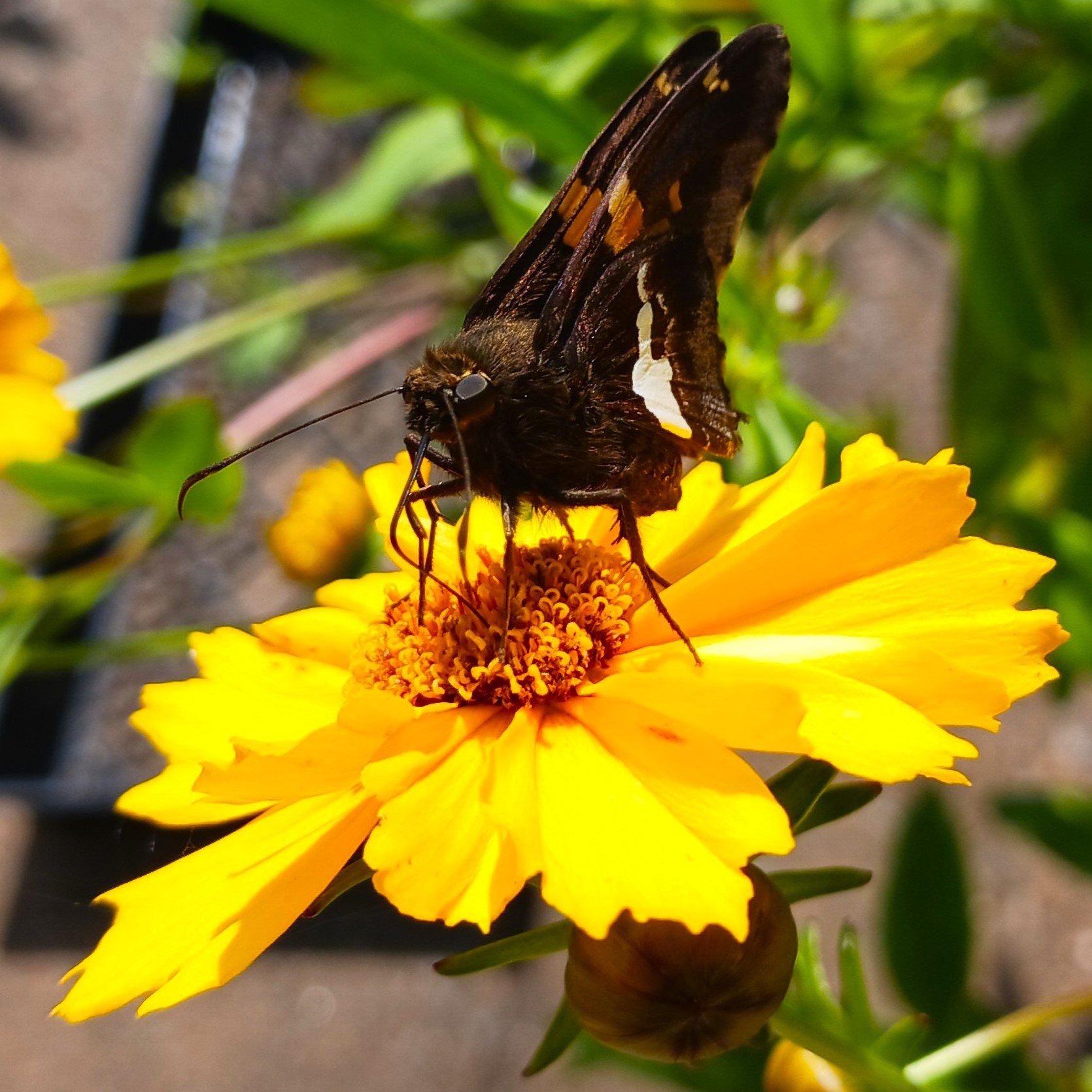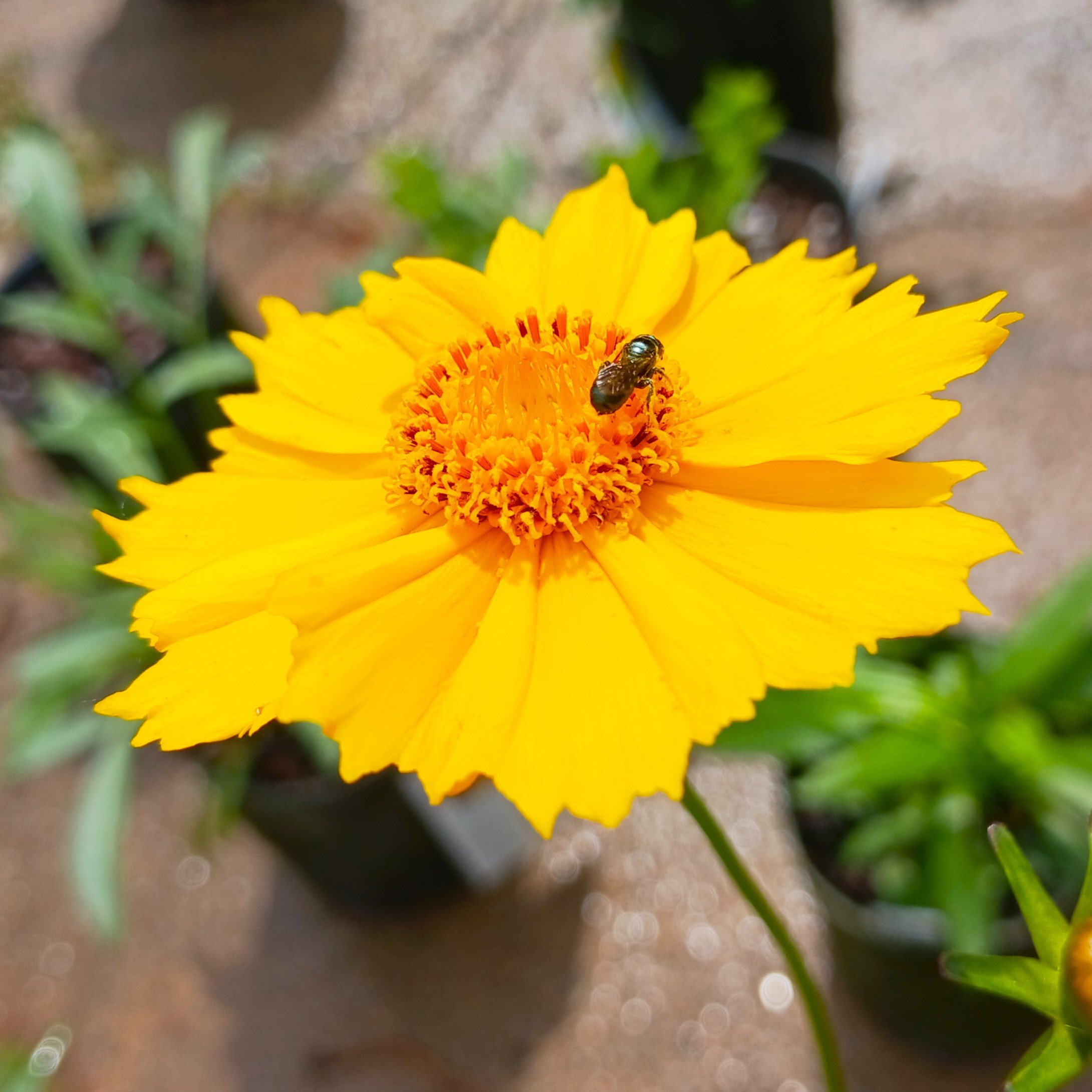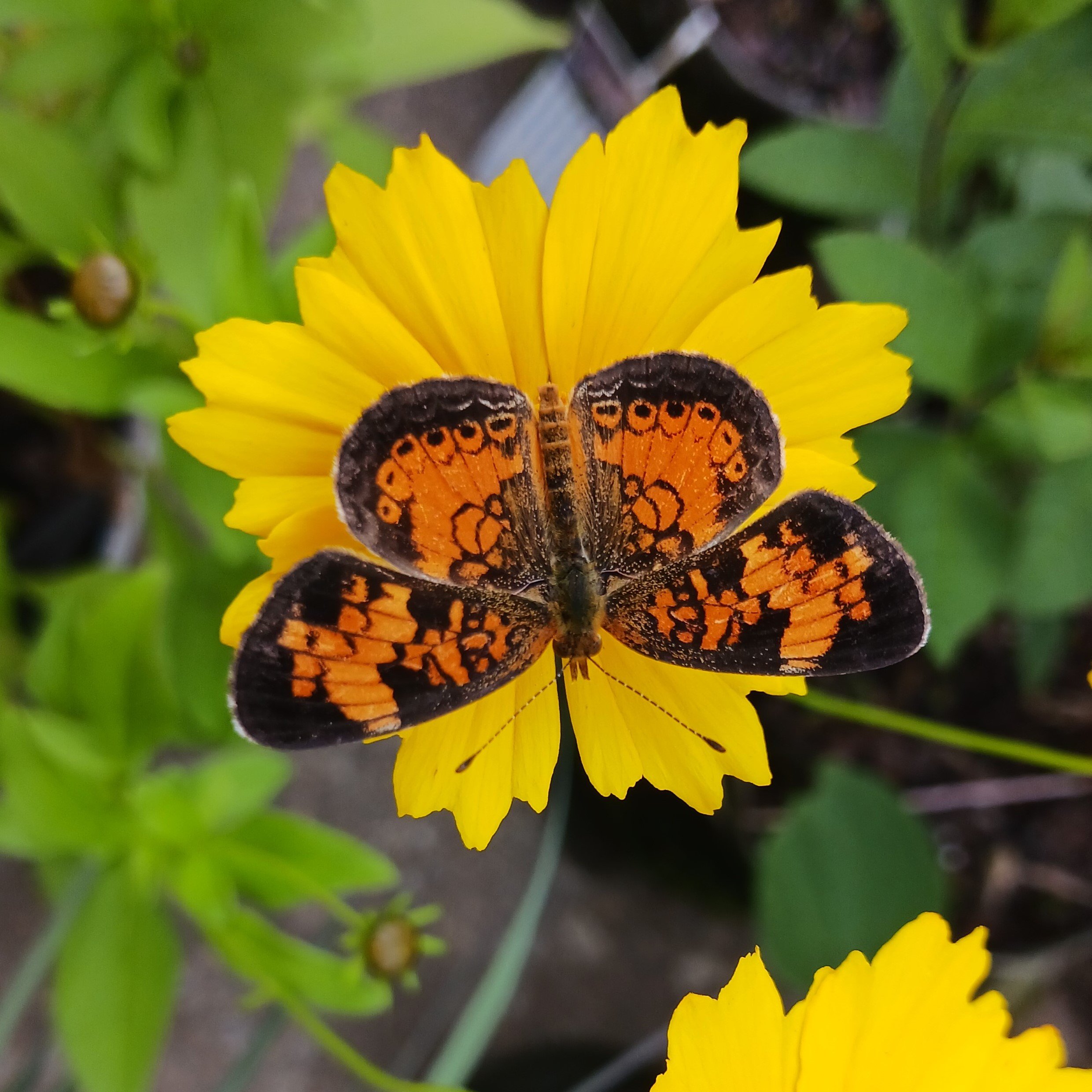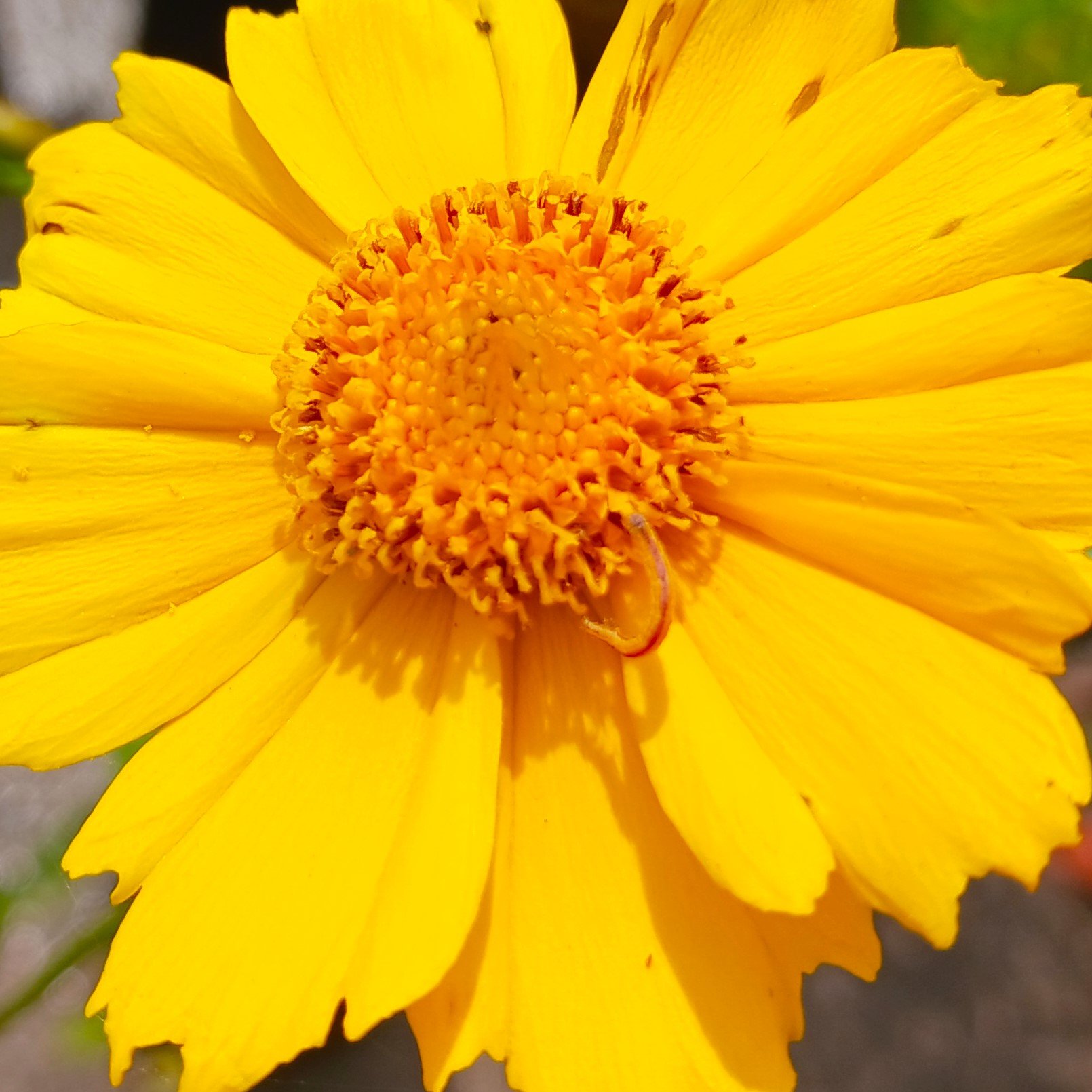Symphyotrichum oblongifolium has become a popular native plant for sunny landscapes, owing to its hardiness and display qualities. It is a beautiful aster, with vibrant blooms ranging from violet to deep blue with yellow centers, which can form dense clusters of flowers in the right conditions. The flowers are not fragrant, but the new leaves can have an herbal aroma when crushed. This quality, and the tough stems of established plants make them less palatable to deer and mammalian herbivores than other asters. Symphyotrichum oblongifolium will perform best in at least 6 hours of direct sun a day, and it can bloom for many weeks, beginning in late August on into November, sometimes even after the first frosts. This species prefers well drained sites, performing best on dry slopes and can tolerate poor soils and drought when established. While only growing up to 2’-3’ in height, it will spread by rhizomes, so space is needed to allow it to spread. Symphyotrichum oblongifolium is a rare plant and is listed as Threatened on the North Carolina Protected Plant Species List.
Asters have been known as keystone plants of many habitats in our region, and while this group of wildflowers has changed and diverged over time, flowers of the Symphyotrichum genus are some of the best for wildlife. They can occupy a variety of spaces in any landscape, Symphyotrichum oblongifolium being an ideal choice for sunny spots where other plants have difficulty growing, or where other asters may be susceptible to deer pressure. Symphyotrichum species often bloom later in the season, peaking in September and October at a time when pollinators may have trouble finding other sources of food. This makes the abundant, easy to access aster flowers ideal for many kinds of insects. In addition, a wide range of different species of butterflies and moths use asters as host plants for their caterpillars. This selective dependence can be great when Symphyotrichum and related genera are in abundance, but challenging when they are replaced by non-native weeds, lawns, and other human impacts. Offering asters as a garden plant can also offer food sources to other wildlife, including a wide variety of birds. Overall, choosing at least one aster species can make a small but important impact.
Pollinators: bumblebees, cuckoo bees, halictid bees, leafcutter bees, long-horned bees, miner bees, small carpenter bees, honey bees, butterflies, moths, bee flies, syrphid flies, wasps, soldier beetles
Host Plant for Butterflies/Moths: 12+ Lepidoptera species, many of which feed only on a few genera other than Symphyotrichum, including the Pearl Crescent (Phyciodes tharos)
Dependent Species: 31 oligolectic bee species in our region of which Melissodes pilleatus is only found in NC, 2 bee species only feed on Symphyotrichum - Andrena asteroides (AL, GA, MD, NC, PA, SC, TN, VA) and Anthophorula asteris (GA); Lepidoptera which only feed on Symphyotrichum - Astrotrischeria astericola, Aster Flowerhead Caterpillar (Eucosma parmatana), Aster-head Phaneta (Eucosma tomonana)
Wildlife Value: Songbirds, Thrushes, Turkeys, Wood Warblers
Deer Resistance: Moderate
Native Region: Appalachian Mountains
Seed Origin: USA
USDA Zones: 3-8
States found in our region: AL, KY, MD, NC, PA, TN, VA, WV
Other states found: AR, CO, IL, IN, IA, KS, MN, MS, MO, MT, NE, NM, NY, ND, OH, OK, SD, TX, WI, WY










